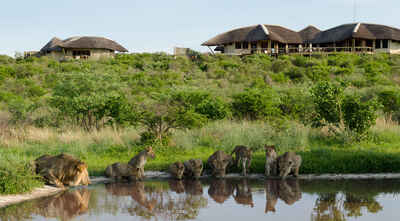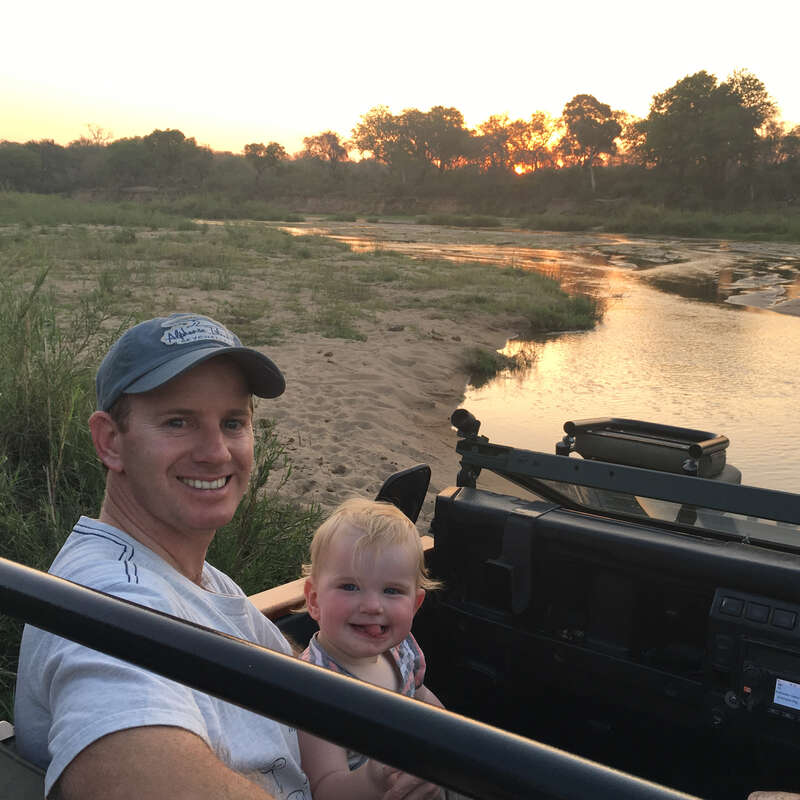About Tau Pan Camp
The first permanent camp to open inside the Central Kalahari Game Reserve (CKGR) – and still one of only ...
... two within the reserve – Tau Pan sits on a low sand ridge with commanding views over the surrounding plains to Tau Pan itself, and beyond.
On our last visit in June 2017 we popped in for a drink and relaxed by the pool. Tau Pan camp has comfortable accommodation in an area that offers some of Botswana's best summer game viewing (December–May), with some species such as springbok and gemsbok not found in the Okavango or Kwando–Linyanti areas. We were impressed by the enthusiastic young team and really liked the layout of the camp, which has fabulous views over the surrounding landscape. Furthermore, the birding here is unforgettable!
Our view
On our last visit in June 2017 we popped in for a drink and relaxed by the pool. Tau Pan camp has comfortable accommodation in an area that offers some of Botswana's best summer game viewing (December–May), with some species such as springbok and gemsbok not found in the Okavango or Kwando–Linyanti areas. We were impressed by the enthusiastic young team and really liked the layout of the camp, which has fabulous views over the surrounding landscape. Furthermore, the birding here is unforgettable!
Accommodation
8 chalets; 1 family
Children
Best for 10+
Open
All year
Activities

4WD Safari

Birdwatching

Cultural excursion

Private activities

Sleeping under the stars
Traveller reviews of Tau Pan Camp
97 real, un-edited reviews from Expert Africa's travellers.
Arrived 11 May 2025, 3 nights
"Tau Pan Camp review"
Overall rating: Excellent
Arrived 19 Mar 2025, 3 nights
"Tau Pan Camp review"
Overall rating: Good
Arrived 25 Feb 2025, 3 nights
"Green season in the Kalahari"
Overall rating: Excellent
Arrived 8 Feb 2025, 4 nights
"Tau Pan Camp review"
Overall rating: Excellent
Arrived 27 Jan 2025, 3 nights
"Comfortable permanent camp in the CKGR"
Overall rating: Good
Arrived 27 Aug 2024, 3 nights
"Tau Pan Camp review"
Overall rating: Excellent
Arrived 11 Jul 2024, 3 nights
"Tau Pan Camp review"
Overall rating: Excellent
Arrived 18 Feb 2024, 3 nights
"Tau Pan Camp review"
Overall rating: Excellent
Arrived 10 Feb 2024, 2 nights
"Tau Pan Camp review"
Overall rating: Average
Arrived 11 Apr 2023, 3 nights
"Tau Pan Camp review"
Overall rating: Excellent
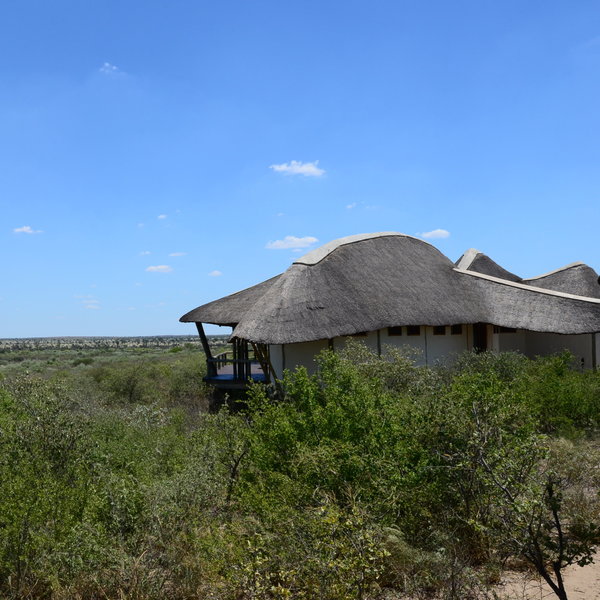
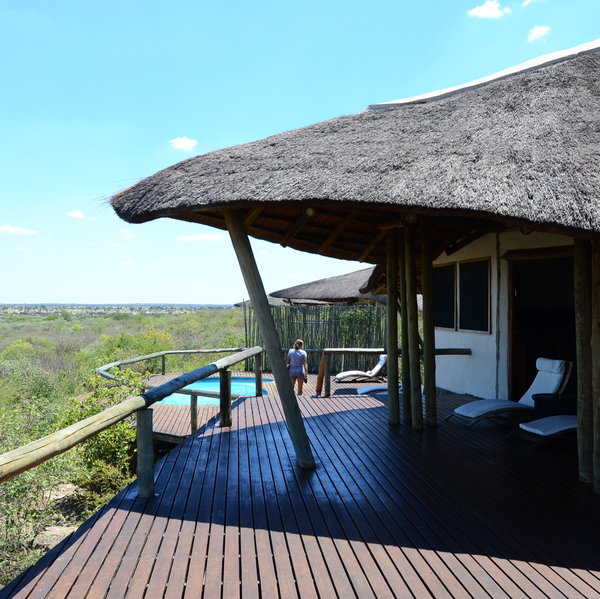
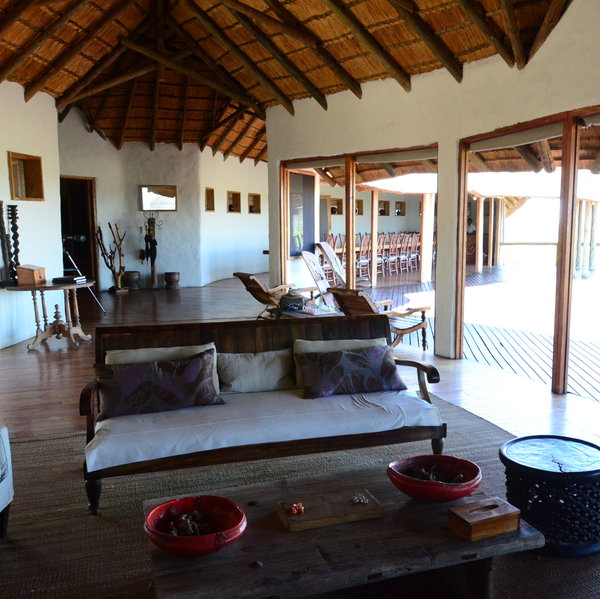
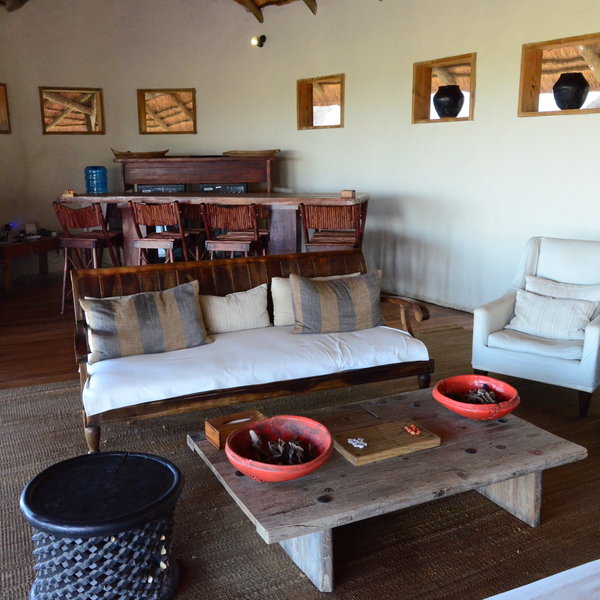
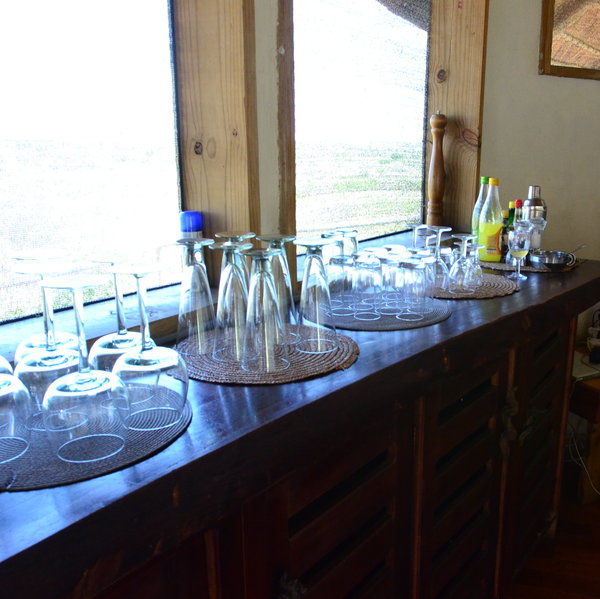
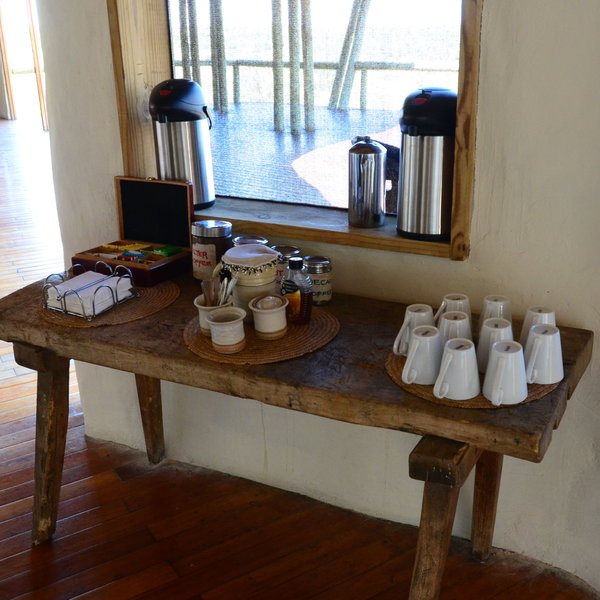
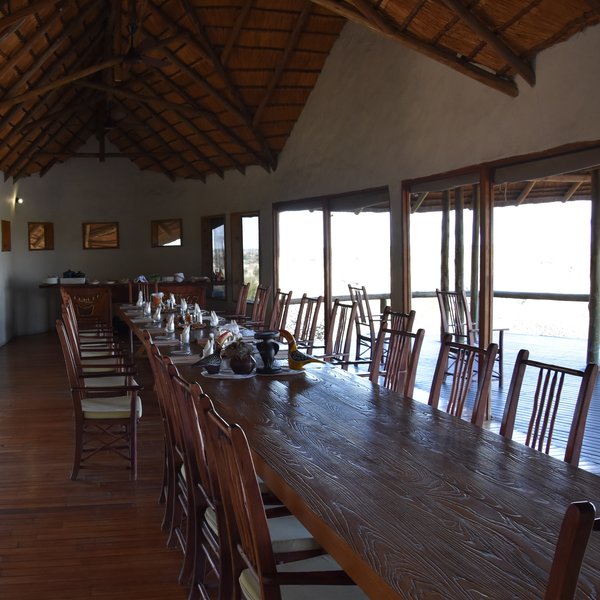
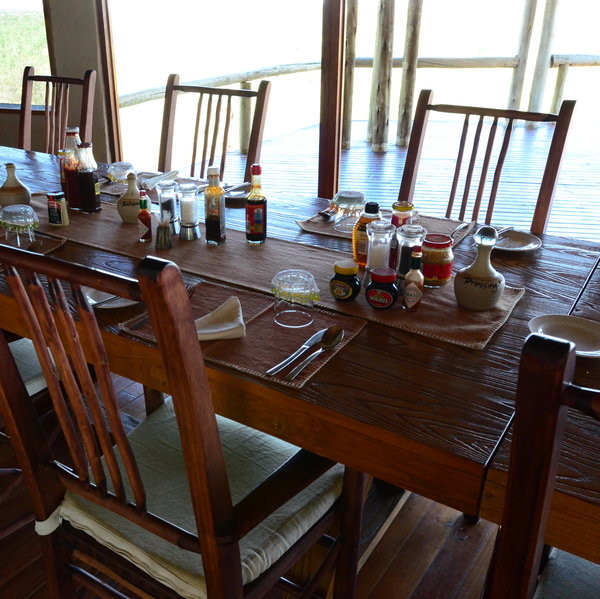
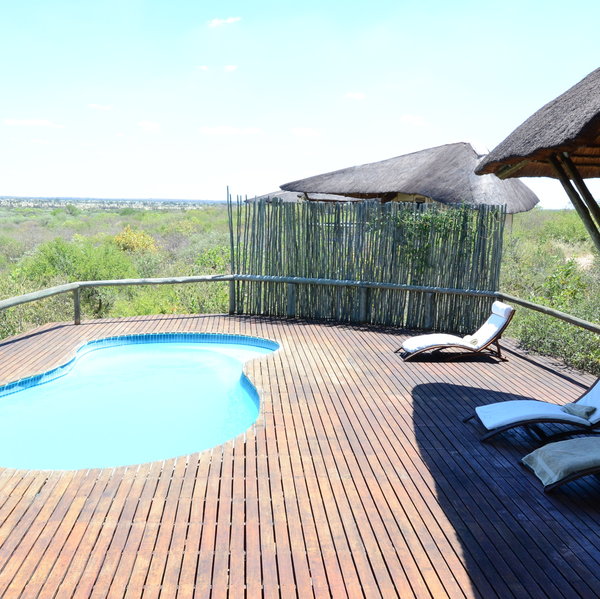
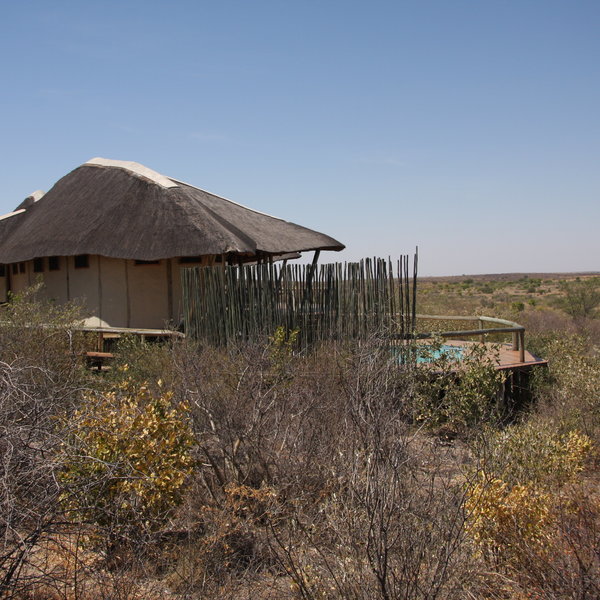
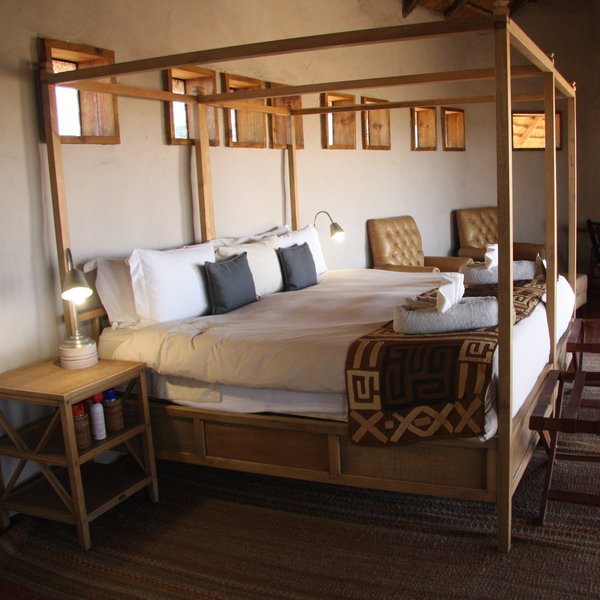
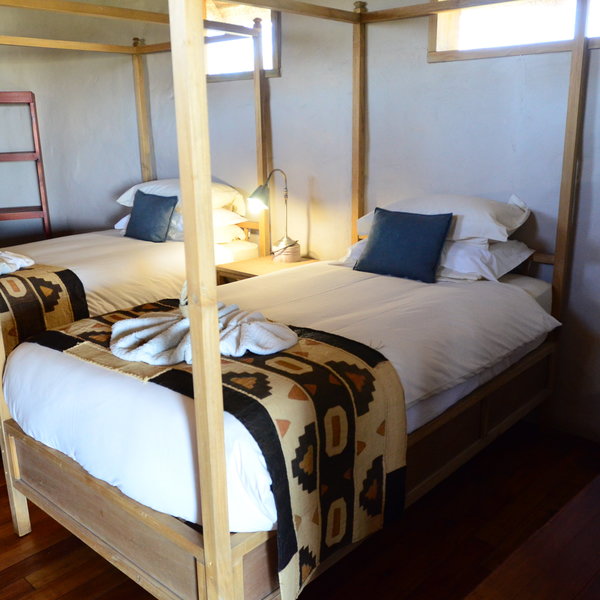
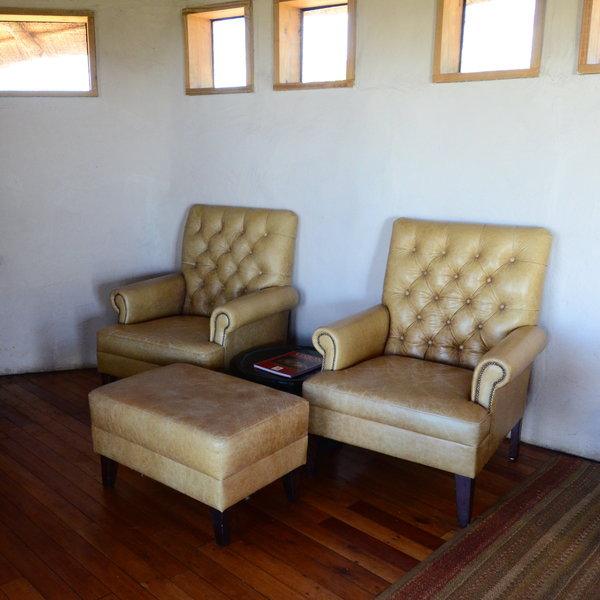
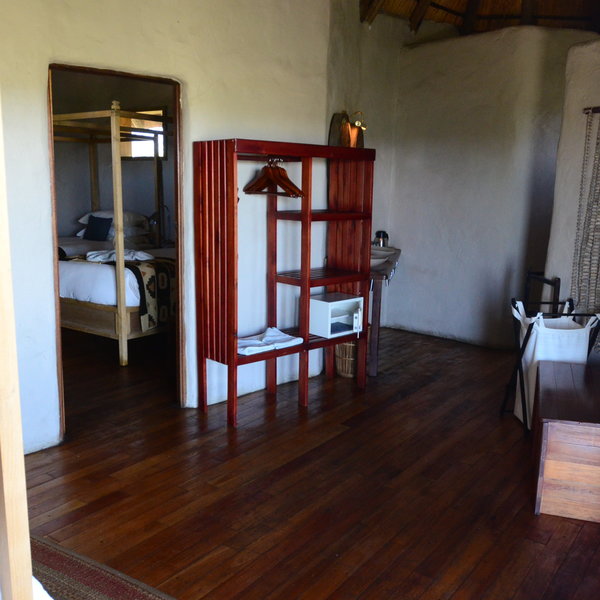
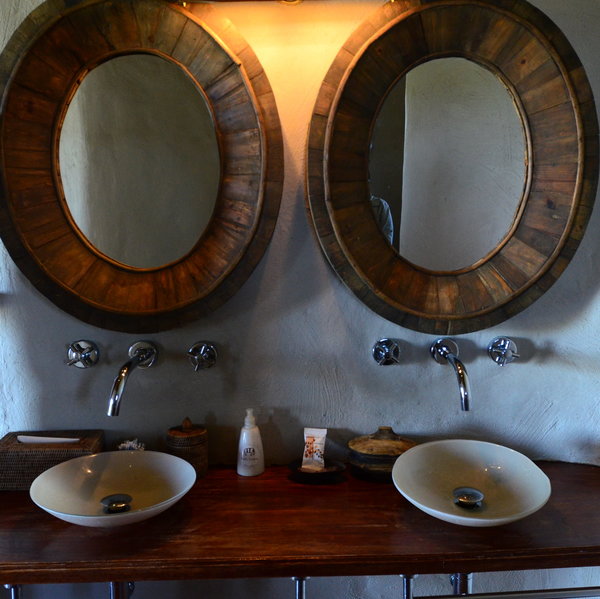
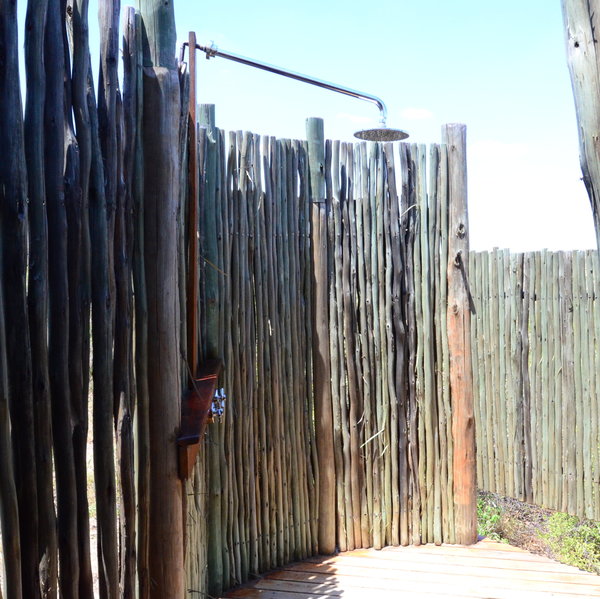
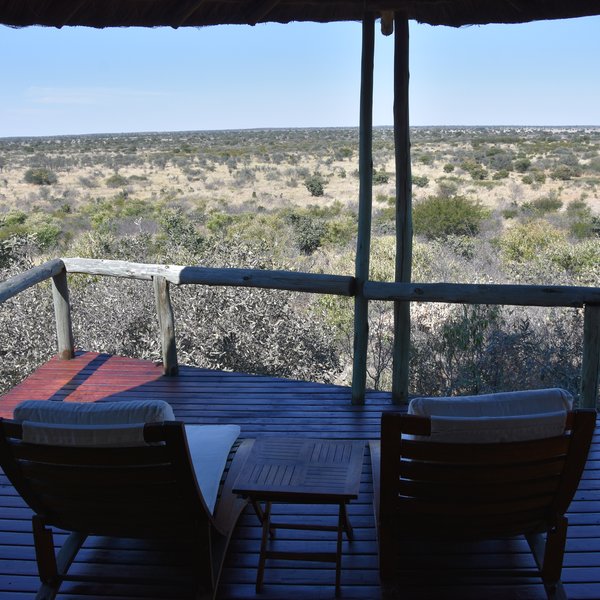
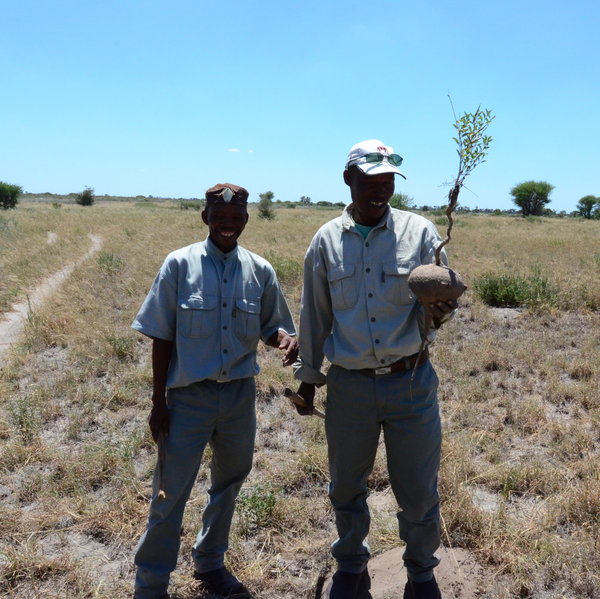
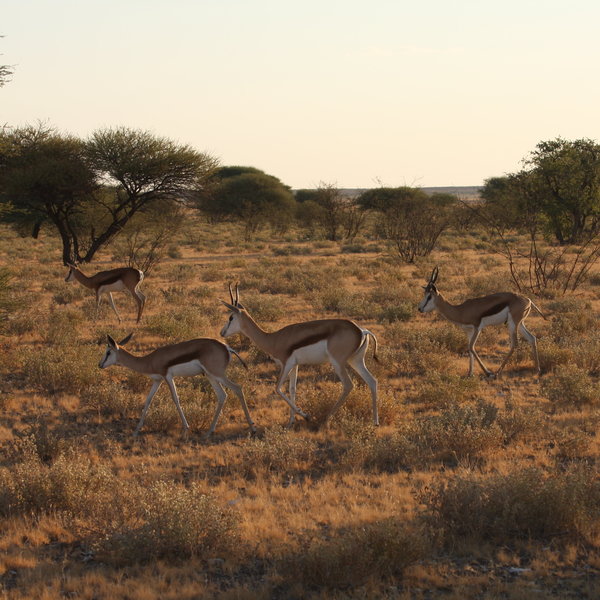
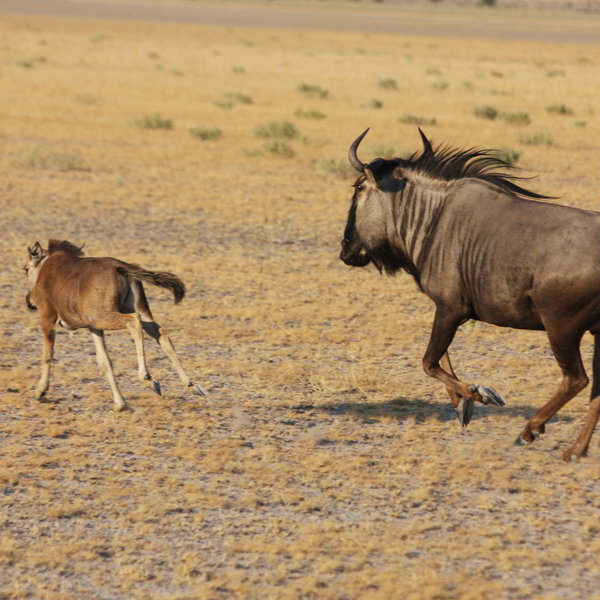
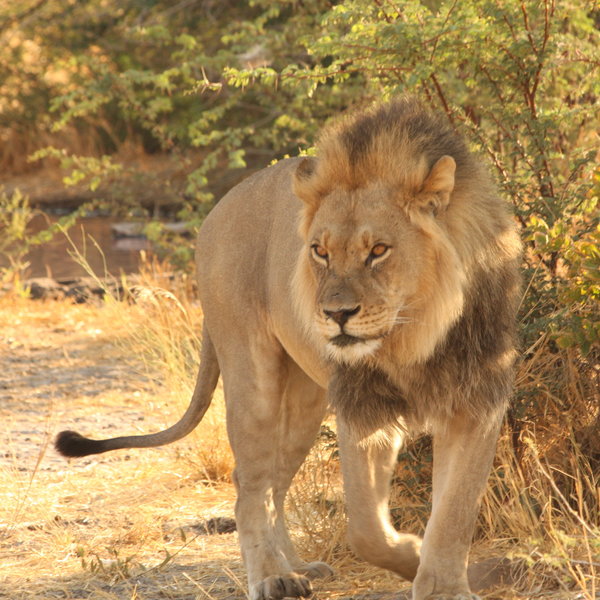
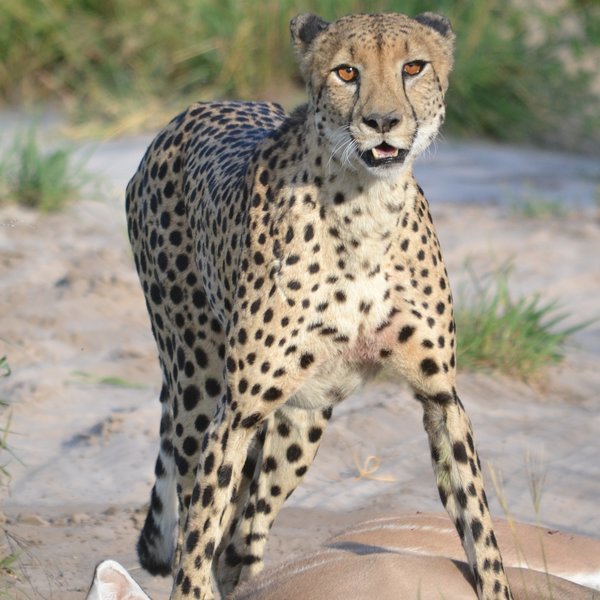
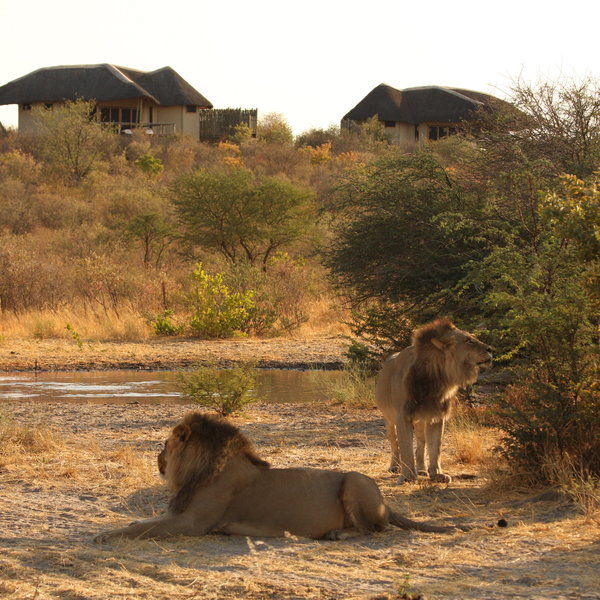
Expert Africa's gallery
When we travel we take lots of photos ourselves to give you a real and un-edited view of the safaris. See our 38 pictures of Tau Pan Camp to get the candid view.
View gallerySafaris visiting Tau Pan Camp
Just ideas, we'll always tailor-make a trip for you
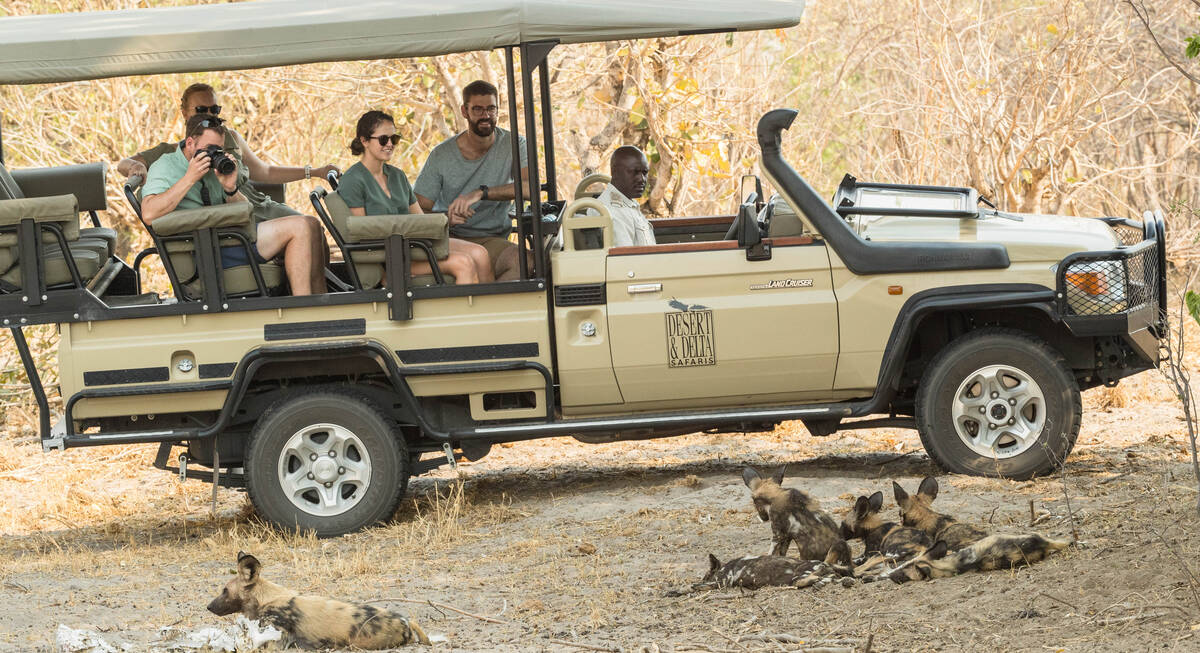
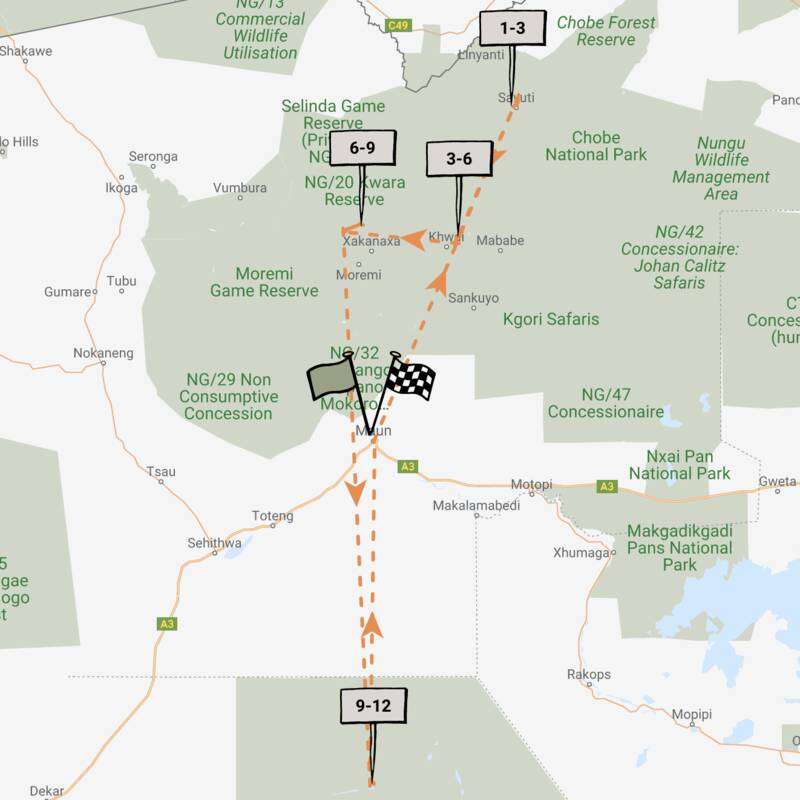
Porcupine Safari
11 days • 4 locations • 1 country
MAUN AIRPORT TO MAUN AIRPORT
Visit dramatically contrasting landscapes boasting a variety of species during this exploration of Botswana’s top-safari destinations. A combination of national parks and private reserves allows for a range of activities.
Visiting Chobe, Central Kalahari and 2 other areas
US$11,780 - US$16,860 per person
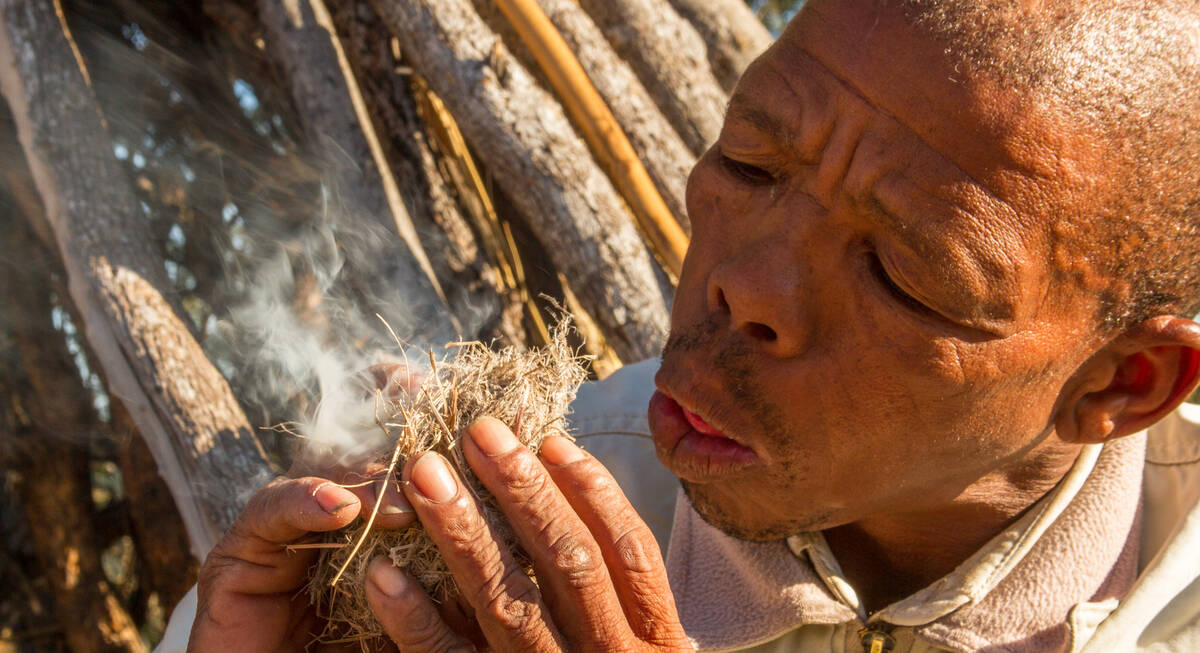
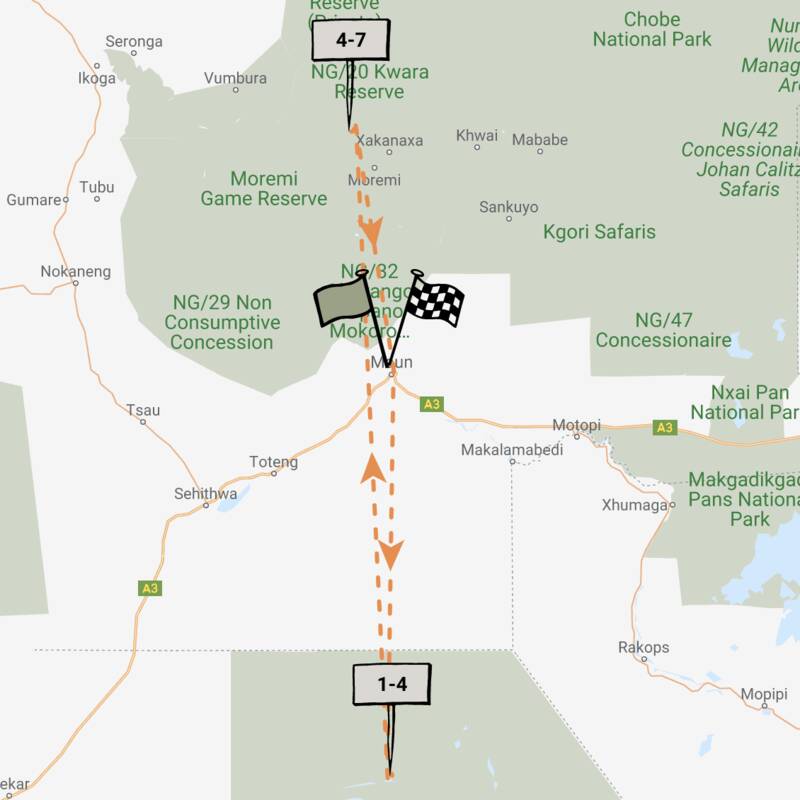
Honey Badger Safari
6 days • 2 locations • 1 country
MAUN AIRPORT TO MAUN AIRPORT
Two smart sister camps offer access to the Central Kalahari Game Reserve and the heart of the Okavango Delta. Experience a spectacular range of habitats and wildlife through diversely exciting safari activities.
Visiting Okavango Delta, Central Kalahari
US$7,410 - US$10,800 per person
Tau Pan Camp: Our full report
The first permanent camp to open inside the Central Kalahari Game Reserve (CKGR) – and still one of only ...
... two within the reserve – Tau Pan sits on a low sand ridge with commanding views over the surrounding plains to Tau Pan itself, and beyond.
At around 52,800km², the Central Kalahari Game Reserve (CKGR) is one of the largest in the world, and comes into its own during the annual summer rains, usually from December to about April. Animals such as springbok and gemsbok (or oryx), as well as migrating zebra and wildebeest, congregate in their thousands on the pans after the rains. This plethora of plains game in turn attracts predators, including cheetah, Kalahari black-maned lion and black-backed jackals. At this time of the year it is one of the best game-viewing areas in Botswana and there are usually very few others to share the spectacle.
Built in a crescent shape under thatch, the main area at Tau Pan camp is completely open to one side. We love the expansive views, which command nearly a 180-degree view of the landscape. At one end of this building is an imposing communal dining table; at the other a bar, with a 'help-yourself' drinks fridge and tea- and coffee-making facilities. A small lounge area lies between. The evening temperatures were quite comfortable during our stays in both November and April, but in cold or inclement weather, canvas blinds can be rolled down to maintain warmth.
Outside, the focal point is a firepit in the middle of an enormous viewing deck, which overlooks a permanent waterhole. Guests might enjoy pre- and post-dinner drinks around the fire, and breakfast is usually served here too, before the morning activity. To one side of the deck is a plunge pool with sunloungers.
Simple sandy paths lead to Tau Pan's nine chalets, set on either side of the main area, and with the same impressive views. Each chalet has a large veranda with deck chairs, which proved a fabulous place to sit and enjoy the view.
With thick walls and good insulation, the chalets are designed to keep cool in the hot summer and warm in winter. With low thatched roofs and rendered walls, they blend in well with their desert location.
Inside, all is natural, simple, airy and spacious. Oversize double or twin beds face out, with views through full-length gauze screens on sliding doors, and every chalet has a sitting area and writing desk. Shelves and hanging space, as well as a safe, are incorporated within a wall that separates the bedroom from the en-suite bathroom. Here you'll find twin handbasins, a separate flushing toilet, and both indoor and outdoor showers.
The family chalet at Tau Pan is essentially the same in layout and décor as the others, but has an additional (smallish) twin-bedded room leading off the main bedroom.
To one side of the camp, there is an isolated sleep-out deck offering seclusion and tranquillity. As the light pollution is minimal star-gazing, whilst lying in bed before dropping off to sleep, is a fantastic experience. The elevated sleep-out deck has a double bed, and a basin and toilet. This is booked on a ‘first come first serve’ basis upon arrival in camp, however if you are staying 3 nights or more in Tau Pan, we can reserve this for you at time of booking.
Activities at Tau Pan camp include an informative nature walk with one of the Bushman trackers, as well as morning and afternoon game drives in 4WD vehicles. Game drives feature a guide and tracker team, which helps to maximise game sightings. Because the camp is in a national park, however, no off-road driving or night drives are allowed. Drives focus mainly on the Tau Pan area, although at present they rely on a limited network of existing public roads. However, full-day trips to Deception Valley, Sunday, Piper and Passarge pans can usually be arranged on request.
On our most recent visit in April 2016 we enjoyed both game drives and an informative Bushman educational walk. While on our game drive, we saw cheetah, jackal, lion, wildebeest, oryx, and even the rare African wildcat, but the most unforgettable moment was seeing a female adult cheetah kill a female adult kudu right in front of camp.
Birding was most, most impressive! Our drive through Deception Valley was superb, with sightings of northern black korhaan, red-billed quelea, rufous-naped lark, desert cisticola, shaft-tailed whydah, Namaqua dove, brown-crowned tchagra, acacia pied barbet, fork-tailed drongo, fawn-coloured lark, and ant-eating chat. Further species put in an appearance at camp, including lilac-breasted roller, southern grey-headed sparrow, red-crested korhaan, chestnut-vented tit-babbler, black crake, crowned lapwing, kori bustard, double-banded courser and pale chanting goshawk.
Activities
4WD Safari
Birdwatching
Cultural excursion
Private activities
Sleeping under the stars
Families & children
- Attitude towards children
- Tau Pan Camp has a positive approach to children on safari and, generally, children are welcome. However, please take into account the restrictions below.
Children of 6–12 years old are accepted, but the family is required to take a private vehicle on game drives. Depending on the size of the family group, there may be an additional charge for this vehicle. Children younger than six are accepted only if the entire camp is reserved for exclusive use. - Property’s age restrictions
- Minimum age six years
- Special activities & services
- Tau Pan, along with the other Kwando camps, offers families travelling with children the option of booking a specialist 'family safari' (at extra cost). The family will travel with a specialist guide and will benefit from a private vehicle with their own guide and tracker who will look after them both on game drives and in camp.
- Equipment
- There is no special equipment available for children, but the camp has a two-bedroom family chalet, with a twin or triple room leading off the main bedroom area. Both bedrooms share a bathroom.
The camp will try to be as flexible as possible with mealtimes for children, and with cooking child-friendly meals. - Generally recommended for children
- Recommended for more mature children who are genuinely interested in different aspects of nature.
- Notes
- Tau Pan is unfenced and dangerous wildlife, including lion, can wander through the camp at any time. The main deck has quite a significant drop to the ground in front of the camp, and there is no fence around the pool. For these reasons, children must be under the constant supervision of their parents.
Food & drink
- Usual board basis
- Full Board & Activities
- Food quality
- A simple breakfast is served around the fire before your morning activity, usually consisting of porridge, freshly baked muffins, homemade muesli, fresh fruit, tea, coffee and juice.
Brunch is served on returning from the morning activity. Typically there is a meat dish accompanied by a variety of salads and a choice of eggs cooked to order, bacon, sausages, a cheese platter, fresh fruit and freshly made bread. If you are taking a day excursion to Deception Valley, the camp will pack you a picnic lunch instead.
Afternoon tea generally consists of a savoury and a sweet dish. During our stay we had bean burgers and relish, served with marinated feta and mushrooms, and chocolate brownies – which were delicious. Tea, coffee, homemade lemonade and iced tea are all offered.
Dinner at Tau Pan is usually served a little earlier than at camps in private concessions, as game reserve rules require all vehicles to be back in camp within half an hour of sunset. On our most recent visit, in April 2016, before our traditional dinner, we enjoyed traditional singing and dancing before dinner, with two San Bushman staff members dancing much more enthusiastically than the rest of the staff! Dinner itself was a typical Setswana meal served buffet-style and consisted of beef seswaa, pap (similar to polenta) accompanied by a lovely tomato-based sauce, sautéed spinach and a vegetable medley. - Dining style
- Group Meals
- Dining locations
- Indoor and Outdoor Dining
- Further dining info, including room service
- There is no room service at Tau Pan Camp.
- Drinks included
- Bottled water, soft drinks, local beers and spirits and a limited selection of (usually) South African red and white wines are included. Champagne and imported wines and spirits cost extra and may need to be requested in advance. There is a 'help-yourself' drinks fridge at the bar, as well as tea- and coffee-making facilities.
Our travellers’ wildlife sightings from Tau Pan Camp
Since mid-2018, many of our travellers who stayed at Tau Pan Camp have kindly recorded their wildlife sightings and shared them with us. The results are below. Click an animal to see more, and here to see more on our methodology.

97% success

97% success

87% success

87% success

36% success

33% success

27% success

27% success

23% success

15% success

8% success

4% success

4% success

0% success
Getting there
- Location
- Central Kalahari Game Reserve, Botswana
- Ideal length of stay
- Three nights at Tau Pan Camp is recommended during the green season (Dec–May), which – in contrast to the Okavango Delta – is the prime game-viewing season for the Central Kalahari Game Reserve. In the latter months of the dry season, however, when the experience is more about the wide open spaces of the Central Kalahari, we would recommend just a two-night stay.
- Directions
- Access is usually by air. It is approximately a 40-minute light-aircraft flight from Maun Airport, then about a 10-minute drive between the airstrip and the camp. For self-drive visitors, road conditions and therefore length of journey vary considerably, depending on the time of year.
- Accessible by
- Self-drive or Fly-and-Transfer
Special interests
- Family safaris
- Tau Pan is a good option for families with older children who have a keen interest in nature. Short walks are a great way of learning about the fauna and flora. The camp also offers a ‘family safari’, led by a private guide and tracker.
- See ideas for Family safaris in Botswana
- Birdwatching safaris
- Even though the central Kalahari is largely a semi-desert it is home to a surprisingly high number of bird species. The best time of year for birding is the summer when the rain falls and resident birds are joined by migratory species.
- See ideas for Birdwatching safaris in Botswana
Communications
- Power supply notes
- The generator operates during the day to charge batteries, with solar power used at night. Guests may only charge batteries in the main area as there are no electrical outlets in the chalets.
- Communications
- Wi-Fi is available in the guest rooms, but there is no cellphone reception. In an emergency, radio contact can also be made with the main office in Maun.
- TV & radio
- Tau Pan Camp is in the bush and there is no TV or radio.
- Water supply
- Borehole
- Water supply notes
- All the tents have plumbed hot and cold running water for showers as well as flushing toilets.
Health & safety
- Malarial protection recommended
- Yes
- Medical care
- Camp managers are first-aid trained and a first-aid kit is kept at camp. In an emergency, Tau Pan can arrange for clients to be flown out.
- Dangerous animals
- High Risk
- Security measures
- The camp is unfenced and dangerous wildlife is known to move through, so guests are escorted to their chalets after dark. A safety talk is given on arrival. Fog horns are provided in the chalets to attract attention in case of an emergency.
- Fire safety
- There are fire extinguishers in the common areas of the camp and in each chalet.
Useful info
- Disabled access
- Not Possible
- Laundry facilities
- A laundry service is included (excluding underwear). Laundry is collected in the morning and usually returned the same day, weather permitting. Washing powder is provided in the chalets for guests to wash their smalls.
- Money
- There is a safe in each chalet. Please note that no exchange facilities are offered.
- Accepted payment on location
- MasterCard and Visa credit cards are accepted. Diners and Amex are not. No commission is charged on credit card transactions, but there is a 3% surcharge on curios if a card is used in payment. Cash in the form of South African rand, GB sterling, US dollars, euros and Botswana pula is accepted.
Plan and book your trip with Expert Africa
All of our trips are tailor-made, so we'll always adapt them to suit you. Talk to an Expert and let us plan and arrange your perfect trip.

Talk to an Expert
Call or email us now! We’ll match you with the Specialist in our team who is best suited to help you. Then together we can start planning your trip.

Set up your itinerary
Based on our experience and your ideas, your specialist will create a detailed, costed itinerary. We’ll refine it together, until we have a trip that you’re perfectly happy with.

Prepare for your trip
The same Specialist will make the seamless arrangements for your trip, send you detailed travel documents, and be available to answer any questions before you depart.

Travel with peace of mind
After you set off, you’ll be cared for by our partners in Africa, most of whom have worked with Expert Africa for decades. And if you ever need us urgently, we’re available 24/7.

When you return
We love to learn about your trip, and so will always be grateful if you’ve the time to give feedback to your Specialist when you return.
Tau Pan Camp's location
Look closer at the environment and surroundings of Tau Pan Camp.
Excursions from Tau Pan Camp
Optional extra day-trips and excursions possible whilst you're staying at Tau Pan Camp. Talk to us: these are usually best arranged before you go.
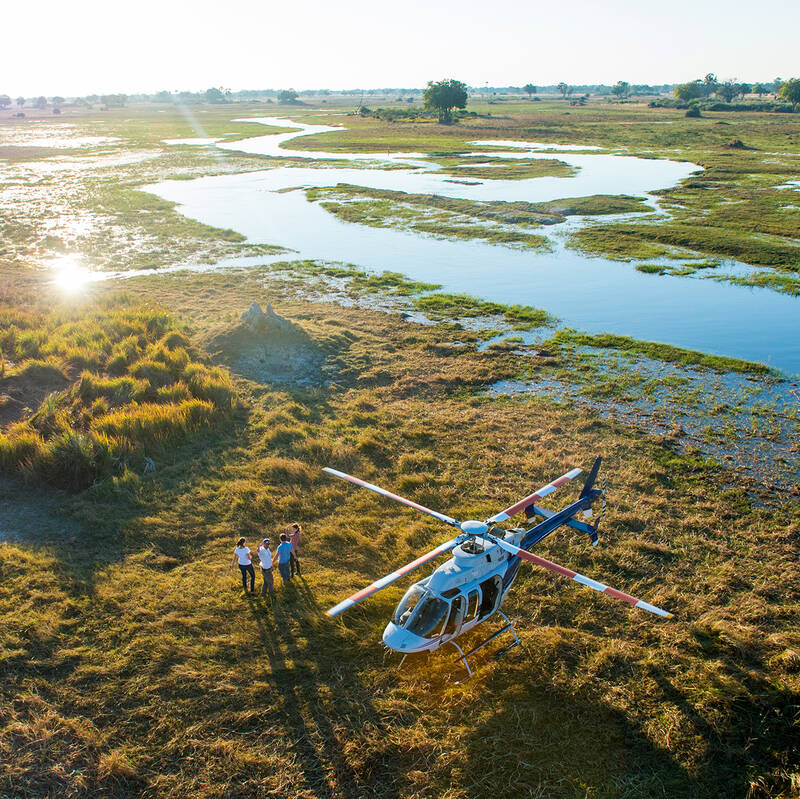
Helicopter Flight - Botswana
Various: from 30 minutes to half a day.
Low-flying, agile and offering superb views, helicopters are an ideal way to move around the Okavango Delta.You can use them instead of fixed-wing inter-lodge transfers or as an addition to other wildlife watching activities, and of course, helicopters can hover to allow that perfect pic, whereas fixed-wings can’t.
More about Helicopter FlightOther lodges in Central Kalahari Game Reserve
Alternative places to stay in this same area.
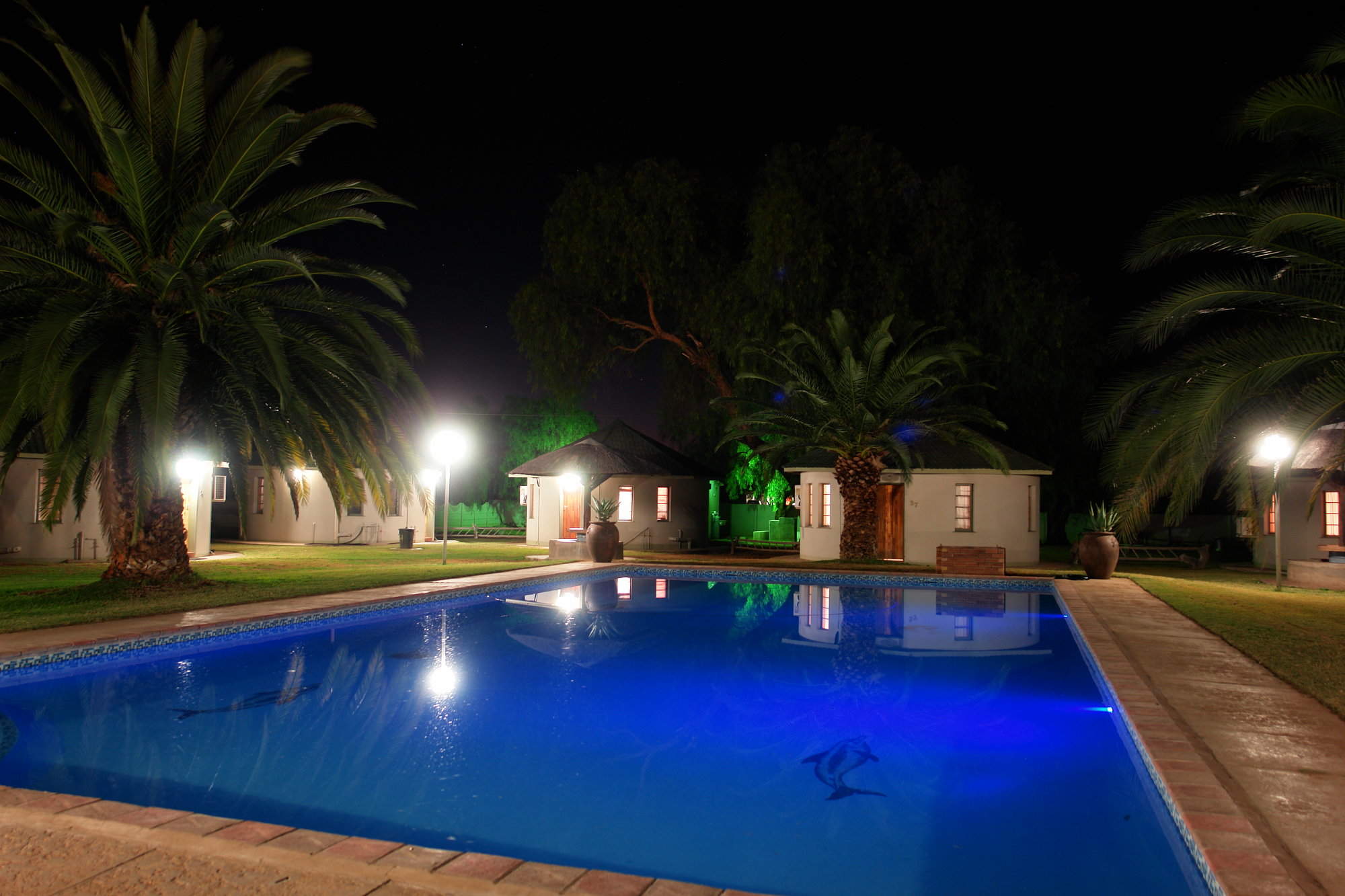
Kalahari Arms Hotel
Kalahari Arms Hotel, in the town of Ghanzi, is a practical overnight stop for travellers crossing the Kalahari to or from Namibia.
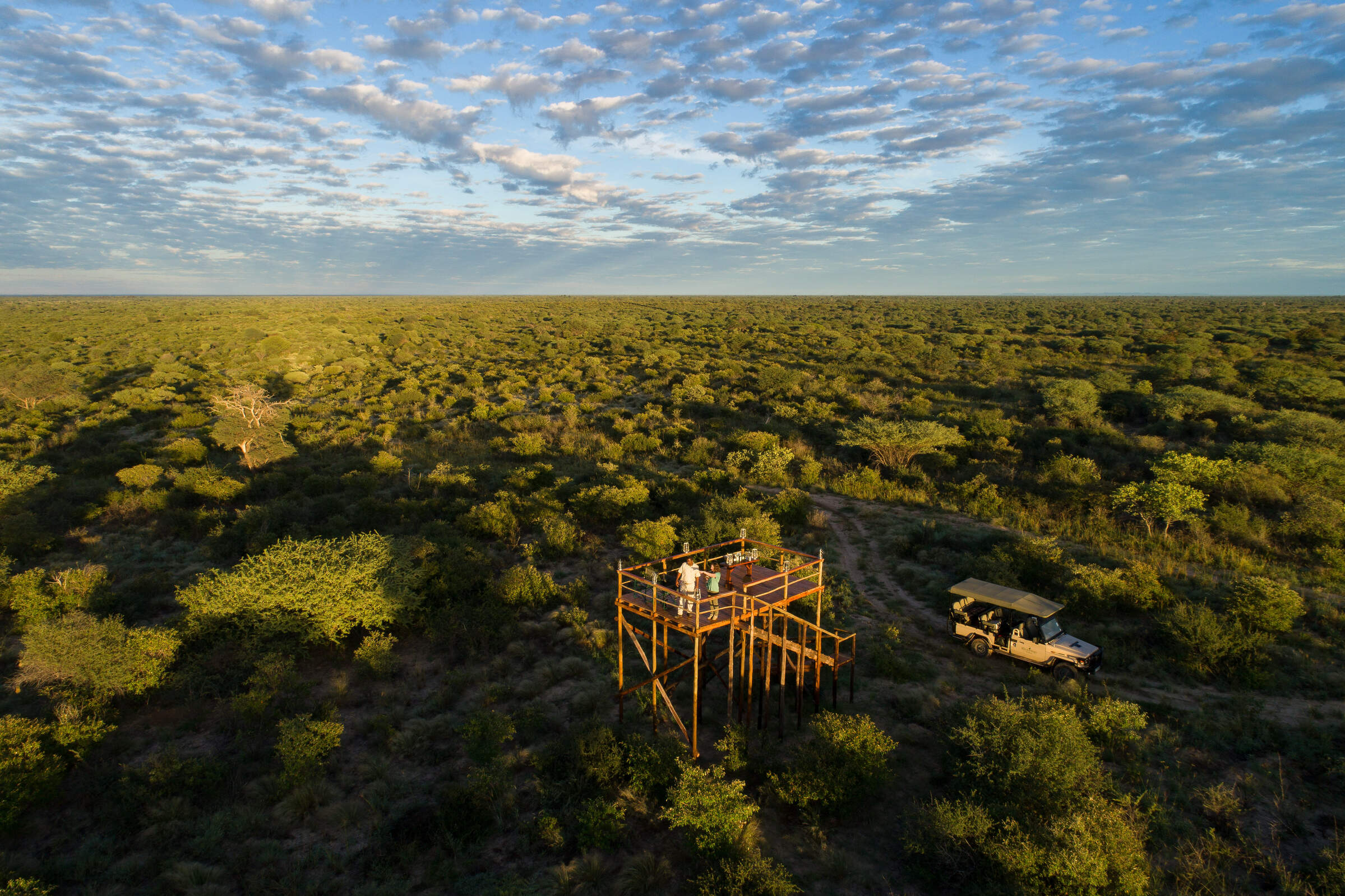
Dinaka
The newest addition to Ker and Downey Botswana’s portfolio, Dinaka is based on a private game reserve on the northern boundary of the CKGR.
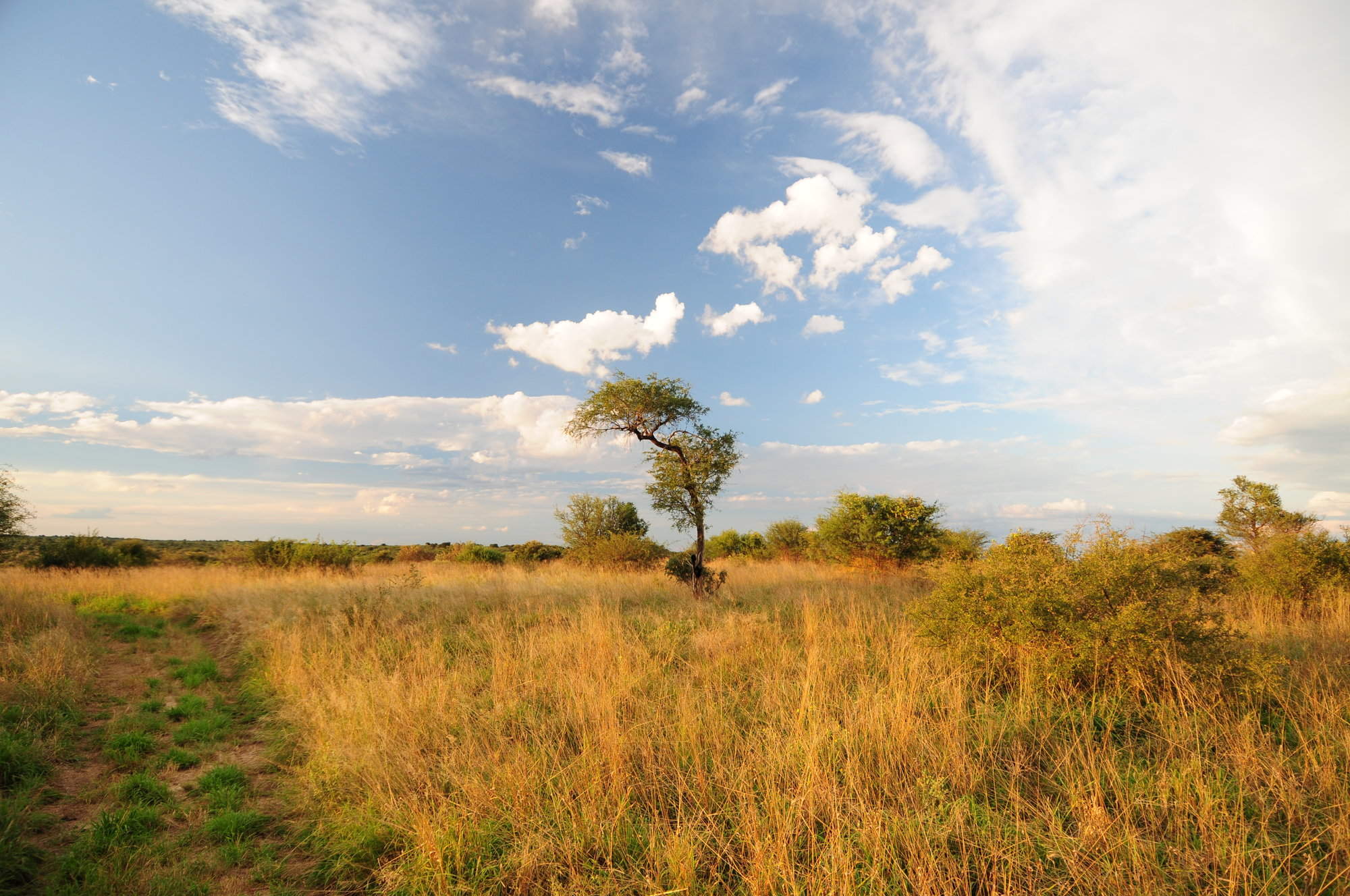
Deception Valley Lodge
A private reserve on the border of the CKGR, Deception Valley Lodge offers more flexible activities than within the reserve and a particularly good Bushman experience.
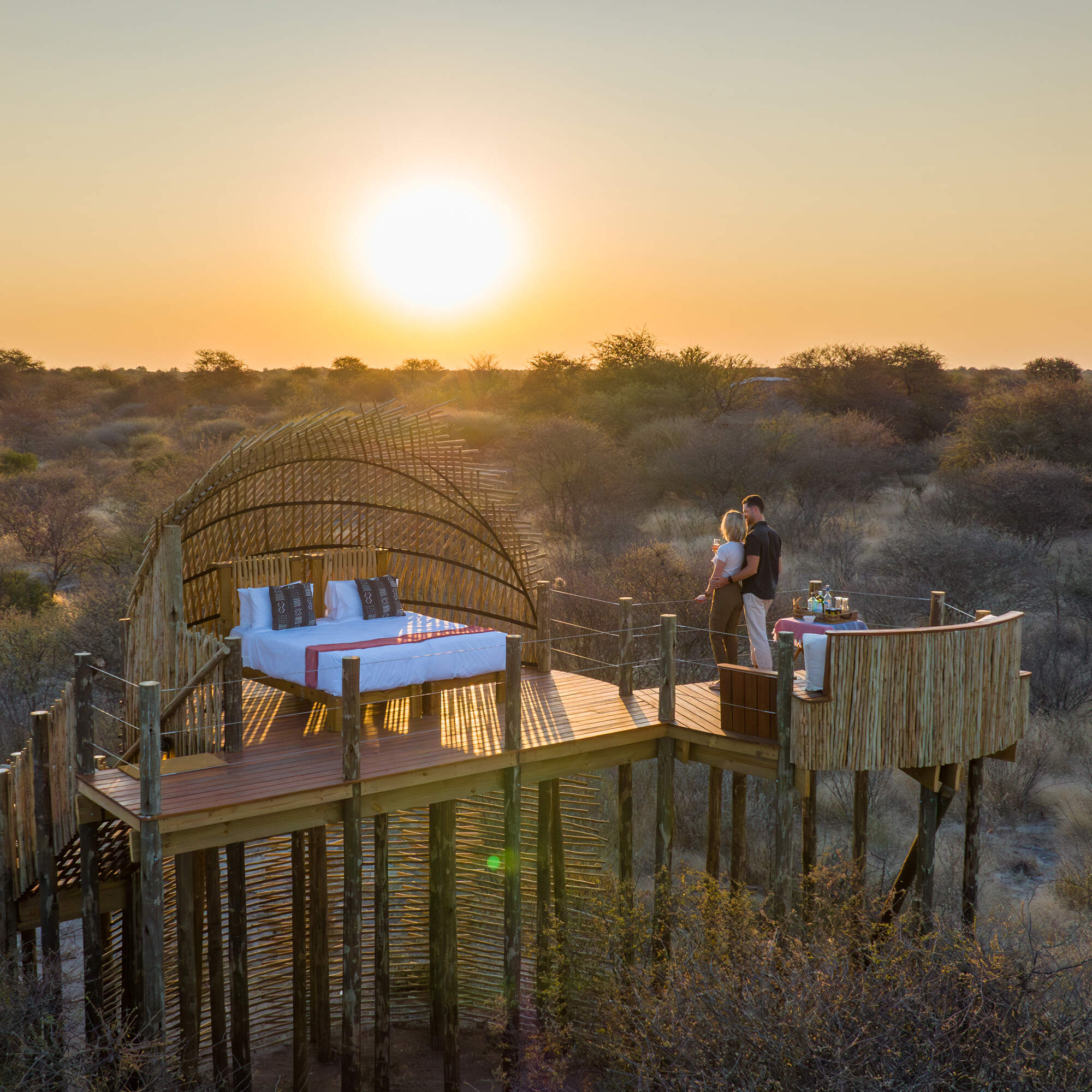
Gham Dhao Lodge
Within a private concession, Gham Dhao Lodge is one of a number of lodges located on the northern boundary of the CKGR, offering a year-round Kalahari experience.
When to go to Central Kalahari Game Reserve
Our month by month guide: What it's like to visit Tau Pan Camp in Central Kalahari Game Reserve
Jan
Feb
Mar
Apr
May
Jun
Jul
Aug
Sep
Oct
Nov
Dec
Central Kalahari Game Reserve in January
January marks the peak of the rainy season, transforming the arid terrain into a lush paradise with green grasslands and seasonal waterholes. Afternoon thunderstorms are common, bringing dramatic cloud formations and brief but intense downpours. Game viewing is spectacular, particularly in Deception Valley, where large herds of springbok, gemsbok, and wildebeest congregate, drawn by the nutrient-rich grasses.
Predators, including the famous black-maned Kalahari lions, thrive during this time, taking advantage of the abundance of newborn prey. Birdlife flourishes, with migratory species in full breeding plumage, filling the skies with vibrant colours and melodious calls. The combination of dramatic weather, abundant wildlife, and verdant landscapes makes this one of the most photogenic months in the Central Kalahari Game Reserve.
- Warm temperatures with frequent afternoon thunderstorms
- Large congregations of herbivores in the valleys
- High predator activity, particularly among lions and cheetahs
- Abundant migratory birds, including flamingos and raptors
- Lush, photogenic landscapes with dramatic cloudscapes
Our view
A very good time to visit
Weather in January
Central Kalahari Game Reserve in February
February continues the lush and green conditions, maintaining high concentrations of wildlife in the valleys. The abundance of food ensures that young animals, born in previous months, are still numerous, offering excellent predator-prey interactions as they become stronger but remain vulnerable. Birdwatching is at its best, with large numbers of waders, raptors, and colourful bee-eaters making the most of the insect-rich environment.
Relatively warm evenings make night drives comfortable, allowing guests to witness nocturnal species like brown hyenas and bat-eared foxes. Although thunderstorms still occur, they are typically brief and followed by stunning sunsets, bathing the plains in golden light.
- Lush landscapes, with scattered waterholes still full
- Predators actively hunting growing but vulnerable prey
- Exceptional birdwatching, with many species in breeding plumage
- Comfortable night drives with good sightings of nocturnal wildlife
- Dramatic sunsets following short-lived thunderstorms
Our view
A good time to visit, with pros & cons
Weather in February
Central Kalahari Game Reserve in March
March marks a transitional phase, as rains gradually decrease and the landscape begins to shift. The thick grass remains green, but visibility starts to improve as the vegetation thins slightly. Animal concentrations remain high in the valleys, with predators still capitalising on the abundance of prey. The last of the migratory birds prepare to depart, making this an excellent time for bird enthusiasts to catch their final glimpses of species like European rollers and yellow-billed kites.
As the air dries, dust and golden light enhance photographic opportunities, making it an ideal time for landscape photography. With fewer visitors compared to peak months, this is also a great time to enjoy a more exclusive experience.
- Rains taper off, with increased sunny days
- Wildlife still abundant, especially in Deception and Passarge Valley
- Predator-prey interactions remain at their peak
- Final weeks for migratory birds before they depart
- Excellent photography conditions - golden light and dramatic skies
Our view
A good time to visit, with pros & cons
Weather in March
Central Kalahari Game Reserve in April
Perhaps one of the best months to visit the Central Kalahari, April signals the end of the rainy season, yet the landscape remains vibrant. Seasonal water sources start to shrink, encouraging wildlife to remain near the valleys where grazing is still good. Morning and evening temperatures cool, making game drives more comfortable.
As the grasses begin to die back, visibility improves, making it easier to spot wildlife. Predators continue to linger in the valleys, as prey remains concentrated, providing excellent game-viewing opportunities. The clearer skies and crisp air make this a fantastic month for both wildlife and landscape photography.
- Cooler mornings and evenings, with little rainfall
- Vegetation thinning, improving game-spotting opportunities
- Wildlife still concentrated in valleys, though dispersal begins
- Excellent predator sightings, particularly cheetahs and lions
- Shoulder season pricing, making it an affordable yet rewarding time
Our view
Fantastic: the very best time to visit
Weather in April
Central Kalahari Game Reserve in May
May is a lovely month – usually with clear skies after the end of the rainy season. While the grass still holds some green hues, the land starts to take on its classic semi-arid Kalahari tones. Many herbivores begin to disperse into the surrounding vegetated dunes, though some remain in the valleys, followed closely by lions and cheetahs. The drying waterholes force game to move more, requiring greater tracking skills.
Early mornings and evenings are chilly, but daytime temperatures remain pleasant. As tourism increases, availability in lodges begins to decline, making early bookings essential.
- Cool mornings and evenings, but warm, dry days
- Wildlife still present, though dispersal begins
- Good predator activity, especially around remaining water sources
- Crisp air and golden light, ideal for photography
- Shoulder season ends, with increasing demand in lodges
Our view
A very good time to visit
Weather in May
Central Kalahari Game Reserve in June
In June, the dry season continues in earnest, bringing cool, crisp days and cold nights, sometimes dropping below freezing. As vegetation thins, spotting wildlife becomes easier, though animals are more spread out. Tracking skills become crucial for good sightings.
The lack of humidity means clear, stunning skies, both during the day and at night, making stargazing exceptional. With almost no cloud cover, the Milky Way is visible in all its glory, making Central Kalahari Game Reserve one of the best locations in Africa for astronomical photography.
- Warm days, freezing nights
- Wildlife more dispersed, requiring skilled tracking
- Peak predator activity continues, with great cheetah sightings
- Clear air enhances visibility for photographers
- Stunning night skies, perfect for stargazing
Our view
Fantastic: the very best time to visit
Weather in June
Central Kalahari Game Reserve in July
July is one of the coldest months in the Central Kalahari Game Reserve with dry air, chilly mornings, and freezing nights. Despite the cold, the clear, blue skies and bright sunlight make for perfect game drives. With vegetation at its sparse stage, wildlife visibility is excellent, though animals remain dispersed across the reserve. Tracking is key, with patient efforts rewarded by sightings of lions, cheetahs, and elusive brown hyenas.
The lack of light pollution makes CKGR one of the world’s best stargazing destinations, offering phenomenal views of planets, deep-space objects, and constellations.
- Cold nights, mild days, ideal for game drives
- Wildlife remains dispersed, requiring skilled tracking
- Predators remain active, especially cheetahs and lions
- Peak season begins, meaning high demand for camps
- Exceptional stargazing, with no humidity or light pollution
Our view
Fantastic: the very best time to visit
Weather in July
Central Kalahari Game Reserve in August
August remains dry and crisp, with temperatures slowly beginning to rise during the day, though nights remain cold. Occasional dust storms sweep across the Kalahari, adding an atmospheric drama to the landscape. With thin vegetation, game spotting is at its easiest, and smaller species, like honey badgers, aardwolves, and black-backed jackals, become more visible.
The cool, dry air enhances photographic clarity, creating sharp, vibrant imagery. As the Southern Hemisphere’s constellations reach their most visible stage, August is a prime month for astrophotography.
- Dry, warm days; cold nights persist
- Excellent visibility, making game-spotting easier
- Unique small predator sightings, including honey badgers and jackals
- Peak tourist season, with high demand in lodges
- Prime conditions for astrophotography, with dazzling celestial views
Our view
Fantastic: the very best time to visit
Weather in August
Central Kalahari Game Reserve in September
As temperatures begin to rise, the Central Kalahari Game Reserve transitions toward the hottest time of the year. The remaining water sources shrink, concentrating wildlife near pans and occasional artificial waterholes. Dust in the air intensifies Kalahari’s legendary sunsets, turning the sky into a fiery display of oranges, pinks, and deep reds.
Wildlife tracking requires more effort, as herds remain widely dispersed, but big cat sightings remain rewarding. With the increased heat, many animals seek shade midday, making early morning and late afternoon game drives the most productive.
- Warmer days, cool nights, perfect for most visitors
- Wildlife increasingly dependent on remaining water sources
- Active tracking needed for optimal predator sightings
- Striking sunsets, enhanced by dust and golden light
- High season rates, requiring early bookings for accommodation
Our view
Fantastic: the very best time to visit
Weather in September
Central Kalahari Game Reserve in October
October is the hottest month in the Central Kalahari Game Reserve, with daytime temperatures exceeding 40°C/104°F. The brutal heat forces animals into the shade, making early morning and late evening the best times for game drives. Big cats and scavengers patrol the remaining waterholes, creating dramatic predator-prey encounters.
Despite the harsh conditions, October’s dry, cracked landscapes offer striking photographic opportunities, with lone acacia trees and heatwaves shimmering on the horizon. Dust storms are frequent, adding an element of raw wilderness to the experience.
- Extreme heat, often exceeding 40°C/104°F
- Predators concentrate around last remaining water sources
- Intense, dramatic survival scenes play out between prey and predator
- Unique desert-adapted species remain active in the mornings and even
- Spectacular desert photography, with surreal, arid landscapes
Our view
A good time to visit, with pros & cons
Weather in October
Central Kalahari Game Reserve in November
November signals the beginning of the rains, breaking the intense heat and triggering an instant transformation of the landscape. The first thunderstorms arrive, refreshing the dry terrain and encouraging new grass growth, which in turn attracts the first herds of springbok, gemsbok and a scattering of wildebeest back to the valleys.
The return of migratory birds marks the start of the green season, with waders, raptors, and bee-eaters flocking to the area. Lightning storms create spectacular nightscapes, offering dramatic photographic opportunities.
- Hot days with first rain showers, cooling the landscape
- Fresh grasses begin to sprout, drawing herbivores back to the valley
- Predators remain active, anticipating the return of prey
- Migratory birds return, increasing birdwatching opportunities
- Dramatic lightning storms, perfect for photographers
Our view
A good time to visit, with pros & cons
Weather in November
Central Kalahari Game Reserve in December
December fully ushers in the green season, bringing regular rain showers and cooler temperatures. The plains burst into life, with newborn springbok and gemsbok appearing in particularly large numbers, attracting lions, cheetahs, and leopards.
Birdwatchers will find December particularly rewarding, with the highest density of migratory species present. The fresh green scenery, reflective waterholes, and contrasting storm clouds create a stunning backdrop for photography. Fewer tourists during this period make it a more exclusive safari experience, with lower rates in many lodges.
- Cooler temperatures, with frequent refreshing rains
- Newborn animals appear, drawing predators
- Exceptional birdwatching, with diverse migratory species
- Dramatic scenery, with green landscapes and stormy skies
- Lower season rates, making it an affordable time to visit
Our view
A good time to visit, with pros & cons
Weather in December

Looking for inspiration on where to travel next?
Visit our trip chooser to explore your options and find inspiration for your perfect African adventure
Inspire me